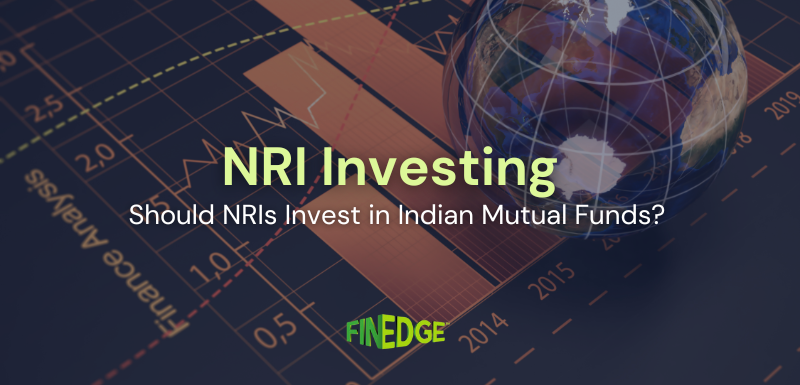Five Mutual Fund categories worth considering right now

Navigating the post-COVID investment landscape can be challenging, but choosing the right mutual fund categories can help you balance risk and returns. From low-risk Arbitrage Funds to high-growth Small-Cap Funds, this guide explores five fund categories suited to different risk appetites, helping you make informed investment decisions.
Has the COVID conundrum left you wondering which Mutual Funds make sense right now? Here are five fund categories that are worth considering – in increasing order of risk tolerance!
Arbitrage Funds
On paper, there’s a good margin of safety in bonds today. However, the real impact of COVID 19 on the balance sheets and interest coverage ratios of even AAA rated companies remains uncertain. Ratings, after all, tend to be lagging and not leading indicators; both IL&FS and DHFL were AAA rated papers before they crumbled into oblivion! At the same time, Fixed Deposit returns have turned extremely unprofitable, especially for investors in the highest marginal tax bracket. In the current scenario, Arbitrage Funds become worth considering for short term investors, as they present a high probability of yielding a 5% post-tax return with very low risk. Volatile markets throw up more arbitrage opportunities, which work well for these funds.
GILT Funds
With the Reserve Bank slashing the policy Repo Rate to 4% in a bid to stir credit offtake and consumption, the spread between G-Sec and Repo are at elevated levels right now. Additionally, the RBI is expected to keep liquidity high and continue with OMO (Open Market Operation) purchases to support the bond markets going forward. Even further rate cuts cannot be ruled out over the coming months. In light of these developments, there’s a strong case for the tactical addition of GILT funds to your portfolio if you have a 2-year plus time horizon, and have a moderate risk appetite. Bear in mind that GILT’s tend to be volatile, as they are highly sensitive to economic developments like sovereign re-ratings, as well as interest rate changes.
Dynamic Asset Allocation Funds
Dynamic Asset Allocation funds present an ideal solution to the moderate risk taker’s quandary at the moment. Since they implement automatic portfolio rebalancing models that go against the grain of market movements, they act as a safety mechanism against a host of behavioural biases that would otherwise plague any investor who’s endured the absurd roller coaster ride that equity markets have witnessed since March! For multiple reasons, not all Dynamic Asset Allocation funds are worth considering right now; so be sure to seek the support of an expert Financial Advisor before you invest into one.
Value Funds
Traditionally, exogenous shocks such as COVID-19 have thrown the door wide open for value investing. When the going is good and hot moneys are in full flow, it is growth stocks that benefit the most. However, when a crisis results in severe market dislocations, sectoral leadership undergoes dramatic shifts. In times like these, the high margin of safety in value stocks make them lucrative as contrarians come cherry-picking. For this very reason, Value Funds have always outperformed Growth Funds during post-crisis revivals. Risk taking investors who have the patience to weather returns that are frustratingly uncorrelated with index movements, and have a time horizon of at east 3-5 years from today, should add value funds to their portfolios at this juncture. Invest in a staggered manner though.
Small Cap Funds
Small Cap Funds invest into stocks that lie beyond the top 250 companies by market capitalization. For the past three years, these stocks have received the drubbing of a lifetime – most of the companies in this space are now trading at bargain basement discounts of 60%-80% to their January 2018 peaks. While they may well correct further and will likely be the last to recover from this cycle, their lucrative valuations are hard to ignore at this point. Small Caps tend to rally after Large and Mid-caps do; but when they take off, they switch on their afterburners and rocket ahead with such force that fence sitters are left gasping in awe! If you’re a savvy investor who doesn’t break into a sweat every time markets move sideways, this is an excellent time as ever to accumulate units in a small cap fund in a staggered manner. You’ll need to have a 5 year holding time horizon, though.
Confused about where to invest? Leave it to the experts! Get in touch with us today.
Your Investing Experts
Relevant Articles
Responsible Credit Card Usage: Three Principles Every Consumer Should Follow
Credit cards are powerful financial tools when used correctly, offering convenience, rewards, and short-term liquidity. But when used without discipline, they can quickly turn into high-interest liabilities. Understanding a few essential principles can help you manage your cards responsibly, maintain a strong credit score, and avoid stress caused by compounding debt.
Types of Debt Funds in India
Debt funds in India offer something for everyone, from overnight investors to those with long-term goals. Knowing the types of debt funds can help you align your choices with your financial plan.
Should NRIs Invest in Mutual Funds in India?
India’s economy is entering a powerful growth phase, and NRIs have a unique chance to be part of it. Mutual funds make it simple, transparent, and goal-driven to participate in this long-term opportunity.
.png)
.png)
.png)
